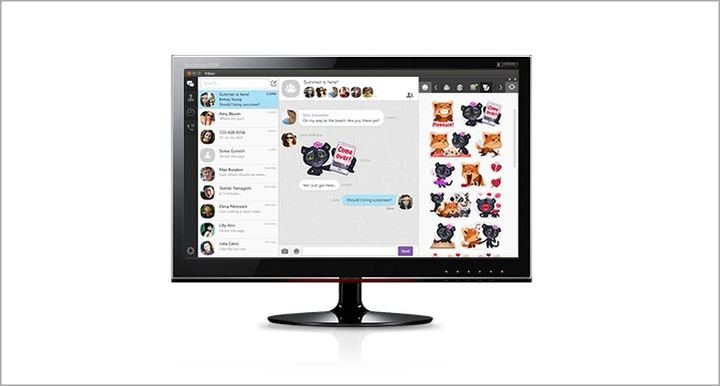

Skype allows users to load ‘credit’ for making external calls to landline and mobile phones.

It also boasts a few unique features of its own, like desktop-to-mobile synchronisation of calls and chats, location sharing, and a one-button way to seamlessly transfer calls between Viber on a desktop and Viber on a mobile. It provides mobile and desktop applications capable of making free video and voice calls, sending message and stickers, and exchanging files and photo between active users on the service, for free. Viber – Video Chat, Stickers & MoreĪny service hoping to go toe-to-toe with a giant like Skype needs to be able to match it, punch for punch. That was until they mentioned that it had a desktop Linux client. I wasn’t keen at first, recalling my earlier, ambivalent encounter. Recently, having run into a few issues with Skype (none of which are insurmountable), a handful of my Twitter followers recommended that I try out Viber. Like a lot of people, I didn’t find much use for it at the time so the app was duly binned, and its name resigned to loiter around with less-than-stellar connotations in the back of my head. My first experience with Viber came a few years back, back when it was a mobile-based messaging app in the vein of WhatsApp and Telegram.

It is often touted as a superior alternative to the perennially popular VoIP service Skype - but is Viber truly able to live up to such claims?


 0 kommentar(er)
0 kommentar(er)
